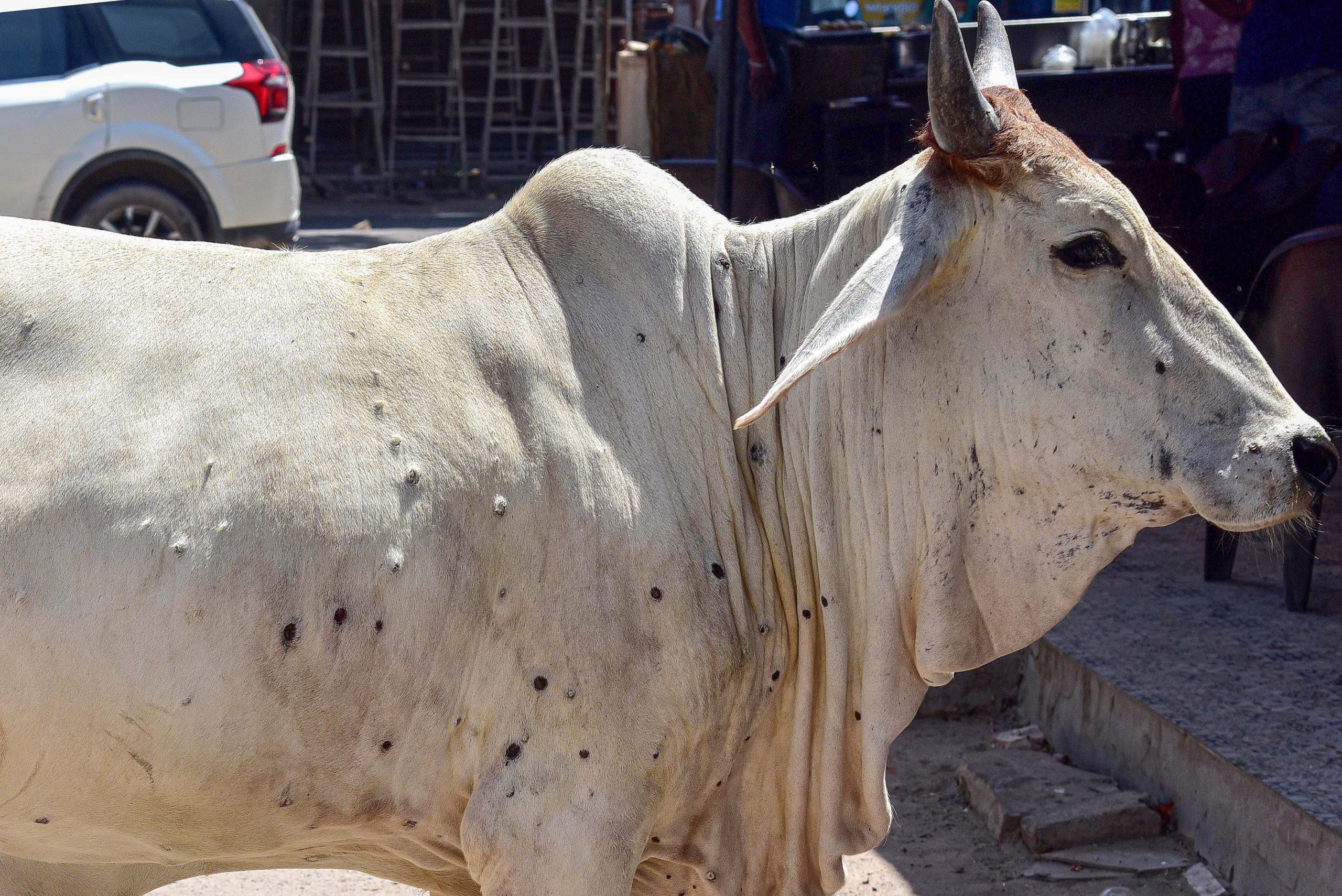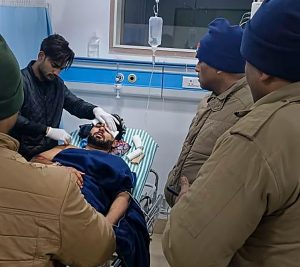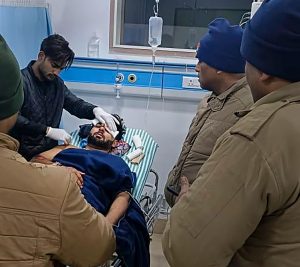Over 57,000 cows have been killed and 11 lakh have been infected by lumpy skin disease in the state of Rajasthan alone, according to an NDTV report.
Earlier this month, the central government announced that over 67,000 cattle have died since the outbreak of the infectious skin disease. The deaths and spreading infection has sparked a massive effort to vaccinate cows cattle in states which are seeing a prevalence of the disease.
Currently, the lumpy skin disease virus has infected cattle in eight states which include Gujrat, Rajasthan, Maharashtra, Uttar Pradesh, Madhya Pradesh, Punjab, Uttarakhand and Jammu and Kashmir. Some stray cases have been noticed as far as the Andaman and Nicobar islands.
Also Read | How does lumpy skin disease spread in cattle?
Rajasthan is the most affected state, followed by the others. The state sees roughly “600-700 per day” according to Animal Husbandry and Dairying Department Secretary Jatindra Nath Swain. He added that other states record “less than 100 in a single day” referring to the number of cattle deaths in other states.
However, a vaccine is currently in production. The indigenous Lumpi-ProVacInd vaccine was developed by the National Equine Research Center, Hisar (Haryana) in collaboration with the Indian Veterinary Research Institute, Izzatnagar (Bareilly). It is currently being produced by two companies which will be able to produce up to four crore doses a month. However, commercial release will only happen in the next “three or four months” Swain said.
Also Read | How is Rajasthan fighting lumpy skin disease?
In the meantime states have been encouraged to use the goatpox vaccine, which the central government has said that it has enough stores of. The country has a population of over 20 crore cattle and thus far, at least 1.5 crore doses of the goatpox vaccine have been administered to cattle in affected states.
Until the release of the vaccine however, states are having to resort to either culling their cattle or quarantining infected cows. It is likely that the number of cattle killed by the disease will increase until the release of the vaccine.






